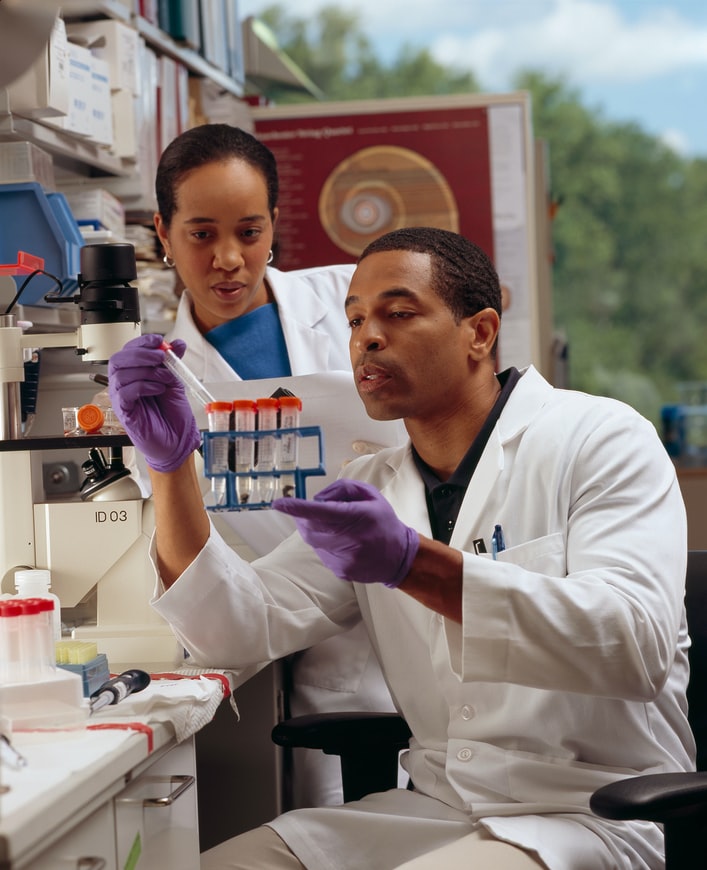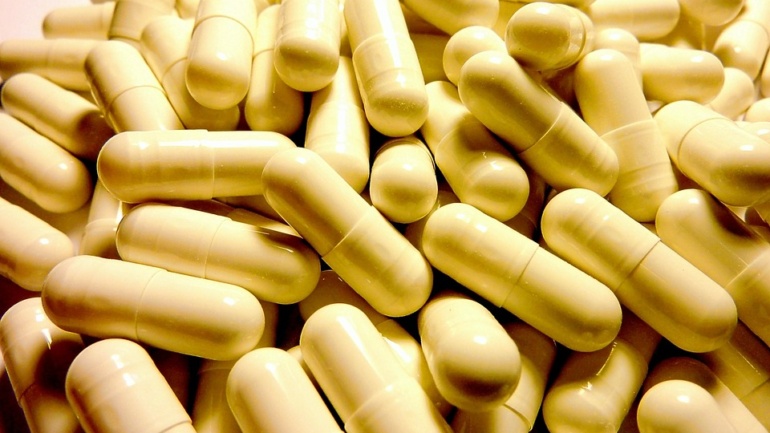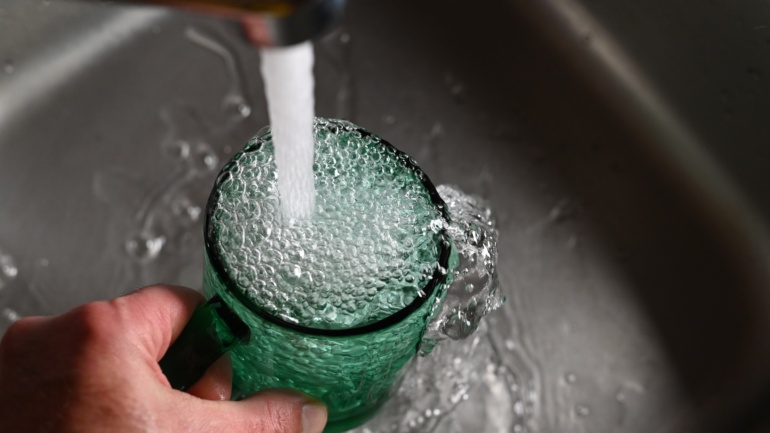By Victor Rivera-Diaz, Staff Writer and Researcher for Save The Water™ | October 22, 2019
A new era in water quality testing is on the rise that is cheap, available on-site, and smartphone-friendly. Portable devices that connect to a smartphone app will allow for a range of testing to deal with harmful toxins, such as arsenic. By design, they are meant to be simple and small. This is of interest for people in rural communities, who often lack ready access to water quality testing labs.
The need for a simple, cheap solution
Globally, there is a pressing need for water quality testing and monitoring suitable for people living in rural areas. Contamination of drinking water in these areas is one of the many roadblocks towards reaching environmental and health goals set by organizations such as the United Nations Children’s Fund (UNICEF) and the World Health Organization (WHO).
Among the main toxins posing a serious risk, the presence of heavy metals in drinking water is a worldwide health concern. A report by UNICEF estimates that 140 million people across 70 countries drink water containing arsenic, mostly in Asia.¹ In Bangladesh, twenty percent of the population is exposed to arsenic in their drinking water. Many are rural poor. Thus, the question of water quality measures that can deal with these factors is of central concern.²
Regular labs require a range of tools and access to a physical site. In addition, the process involves the following general steps:
- locating water samples
- collecting and storing samples
- transporting samples from the collection site to the lab
- analysis by experts
In a rural area without these tools or skills, it becomes difficult to measure the spread of drinking water contamination and its health impacts for people at risk.
A smartphone-friendly option
In order to widen the reach of water quality technology, scientists in different parts of the world have created smartphone-friendly tools. The research and development of these new advances consider the needs of rural areas: cheap, portable, quick, and exact.³
Early versions of these on-site devices have several features in common. These include water sensors, a smart water meter, and a smartphone-friendly app interface, such as Bluetooth capability.⁴ By connecting to a smartphone via the app, the data collected can be added to larger networks in a region.
In one example, researchers in California built a hand-held reader that measures the amount of mercury in water samples reaching parts per billion levels.³ In India, two researchers built a similar device which measures the pH, salt levels, and temperature of water samples. These elements can also be used to calculate levels of oxygen and the ability to pass electric flow.⁴ In Australia, a team of researchers built a device that measures the amount of fluoride in water samples. It uses a smartphone to connect to a main lab for further testing.⁵
As a result, these portable lab solutions lessen the need for experts. This will allow community members to check local water supplies as part of a wider effort to combat contamination.
Further growth for this technology
Although still in its early stages, these advances in water quality testing are growing under the arc of increasing global connectivity. However, four factors remain to be addressed:
- Local action and training
- Water sensors that test for more than one toxin
- Funding for new tools
- Use of the data by official health agencies
In order to make these devices worthwhile, community education programs are necessary to train members on their use. For rural areas, this will be crucial. Moreover, testing for a variety of toxins will provide a bigger picture of the state of water quality in a region.
Given that these devices are new, they require funding from agents for change to make them on a larger scale. Finally, a process is necessary for sending the data collected from these devices to official health agencies as part of a program for environmental health in a region.
References
- Scharp, Cecilia, Hrachya Sargsyan, and Fiorella Polo. 2018. “UNICEF POLICY BRIEF :MITIGATING ARSENIC IN DRINKING WATER.” (https://www.unicef.org/reports/unicef-policy-brief.)
- Russell, Louise. 2006. “Reducing Arsenic Poisoning in Bangladesh.” UNICEF. 2006. (https://www.unicef.org/wash/bangladesh_35701.html.)
- Wei, Qingshan, Richie Nagi, Kayvon Sadeghi, Steve Feng, Eddie Yan, So Jung Ki, Romain Caire, Derek Tseng, and Aydogan Ozcan. 2014. “Detection and Spatial Mapping of Mercury Contamination in Water Samples Using a Smart-Phone.” ACS Nano 8 (2): 1121–29. (https://doi.org/10.1021/nn406571t.)
- Srivastava, Satyam, Saikrishna Vaddadi, and Shashikant Sadistap. 2018. “Smartphone-Based System for Water Quality Analysis” 8: 130. (https://doi.org/10.1007/s13201-018-0780-0.)
- Hossain, Arafat, John Canning, Sandra Ast, Peter J. Rutledge, Teh Li Yen, and Abbas Jamalipour. 2015. “Lab-in-a-Phone: Smartphone-Based Portable Fluorometer for PH Measurements of Environmental Water.” IEEE Sensors Journal 15 (9): 5095–5102. (https://doi.org/10.1109/JSEN.2014.2361651.




